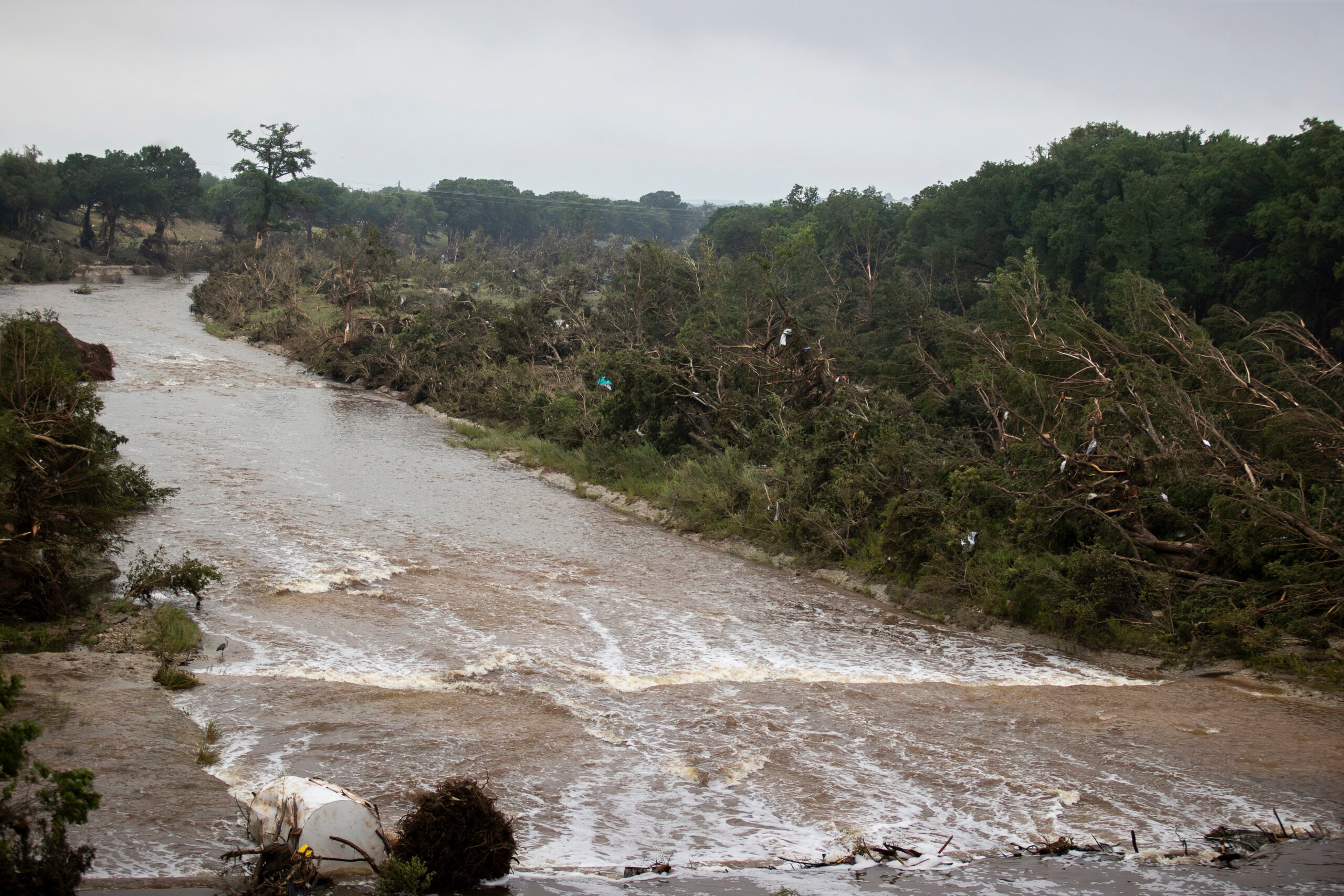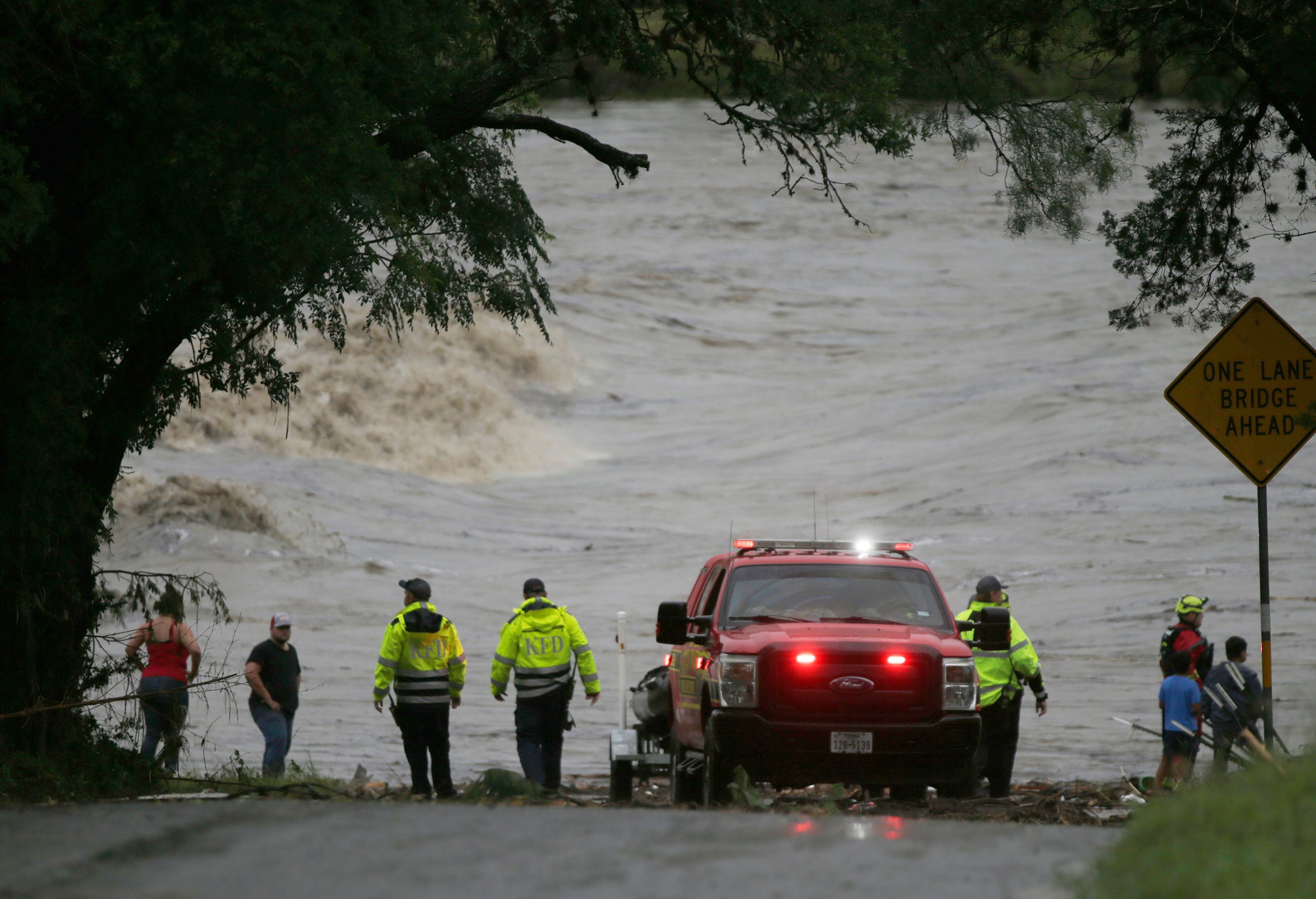ustxtxb_obs_1974_09_06_50_00001-00000_000.pdf
Page 12
013 SERVER A Journal of Free Voices 500 A Window to the South Sept. 6, 1974 Carrasco questions Austin The Carrasco affair is refusing to die a quiet death. In fact, it is festering unpleasantly in the late summer sun. The outlines of the tragedy are by now familiar to almost everyone who hasn’t been vactioning in Pango-Pango. Fred Gomez Carrasco was a product of San Antonio’s West Side barrio. He was a medium-to-big time heroin dealer, usually described in the press as “a narcotics kingpin.” He reportedly murdered more than 40 people, who were presumably fellow undesirables, mostly in Mexico. The Mexican police finally caught up with him, but he escaped from prison in Guadalajara in November, 1972, apparently by bribing a guard with $100,000. “El Senor” then travelled north and in March, April and May of 1973, five of his former business associates were done in. Your classic massive manhunt eventually ended in a grand old shoot-out in San Antonio and Carrasco started doing life in Huntsville for the murder of one Gilberto “The Cow” Escobedo. All of this lent him a sort of neo-Bonnie and Clyde attraction for some barrio residents. But if a sensitive report from the West Side, done by Tony Castro of The Houston Post, is correct, the alleged Robin Hood-El Senor mythology has been seriously overplayed by the anglo press. FOR REASONS that have not yet been entirely elucidated, Carrasco, who was not a victimless criminal, was placed in the Walls, a medium security unit at Huntsville, also much over-played as a “country club.” In March, federal narcotics agents warned W. J. Estelle, Jr., director of the Texas Department of Corrections, that Carrasco was planning an escape “in the near future” and would pose as a model prisoner until he made the attempt, described as “an outside job.” Somehow somebody smuggled guns into Carrasco, who was working as a porter for the prison chaplain. On July 24, Carrasco and two accomplices, Rudolfo Dominguez and Ignacio Cuevas, took 10 hostages, four of them inmates and the others prison employees, in the prison library. They held the 10, plus Father Joseph O’Brien who voluntarily became a hostage, until Aug. 4. Estelle and Gov. Dolph Briscoe kept saying throughout the 11 days of negotiations that the safety of the hostages was their first concern. But Estelle said after it was over that there had never been any consideration given to letting Carrasco out of the place in exchange for the hostages. On the night of Aug. 4, two women hostages, Julia Standley, a prison librarian, and Elizabeth Beseda, who taught reading and math at the prison, were killed along with Carrasco and Dominguez as the entire group of hostages moved toward a waiting armored car. The TDC said the convicts opened fire first. At least two of the hostages are under the impression that the law officers fired first, although a third hostage has agreed with the TDC. Standley was shot four times in the small of the back with the gun pressed so tight you could see the hole mark, according to J.W. Beeler. Beeler is not a forensic pathologist but a justice of the peace who serves as Huntsville’s medical examiner. The four bullets taken from Standley’s body were the only ones recovered from the four bodies. No autopsy was performed on Beseda. Beeler ruled that Carrasco and Dominguez were suicides, shot themselves in the head after shooting the two women. The Harris County medical examiner performed autopsies on Carrasco and Dominguez, the results of which have been released only to the Walker County grand jury. Both the Texas Civil Liberties Union and John Albach, staff director of the Joint Committee on Prison Reform, received a letter from an inmate who said he had heard from two other inmates that prison guards approached Carrasco and Dominguez as they lay wounded and shot them twice each in the head. Such second-hand prison rumors are a dime a gross: the only thing that gave this one any verisimilitude was that it was written almost immediately after the event, before the newspapers or radio had announced that Dominguez and Carrasco had died of head wounds. The same letter asserted that law enforcement officials had dragged Cuevas into the prison hospital, told the


